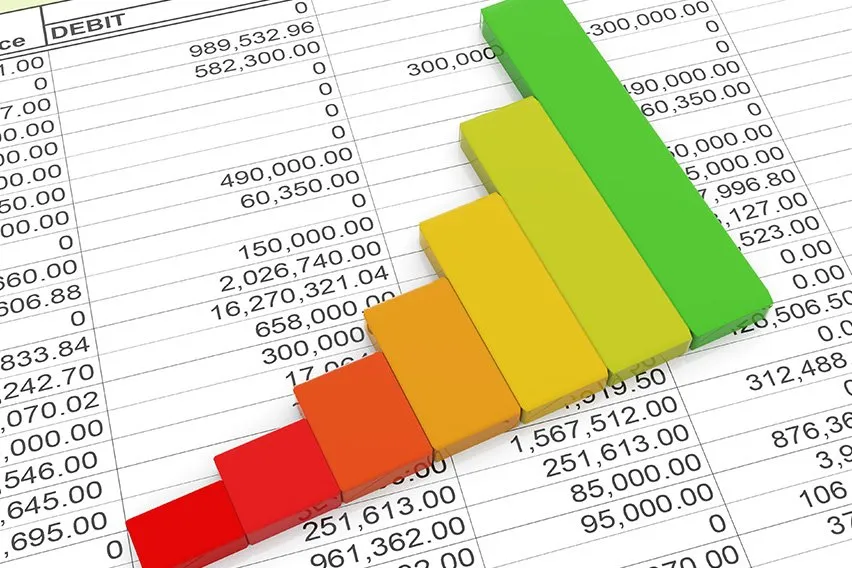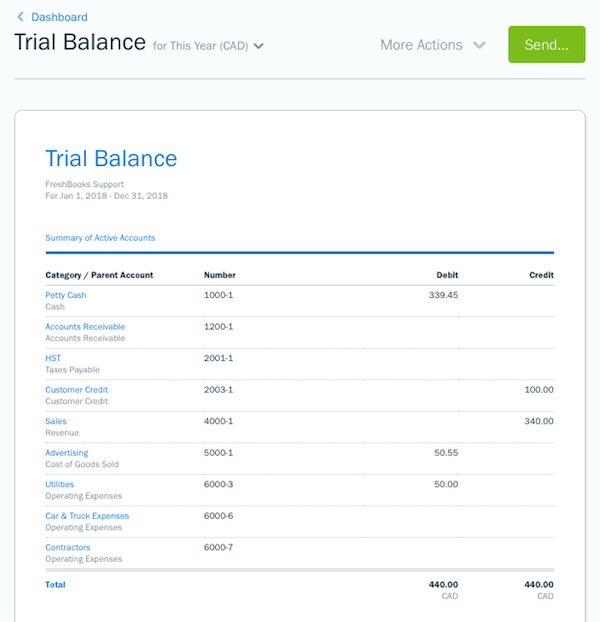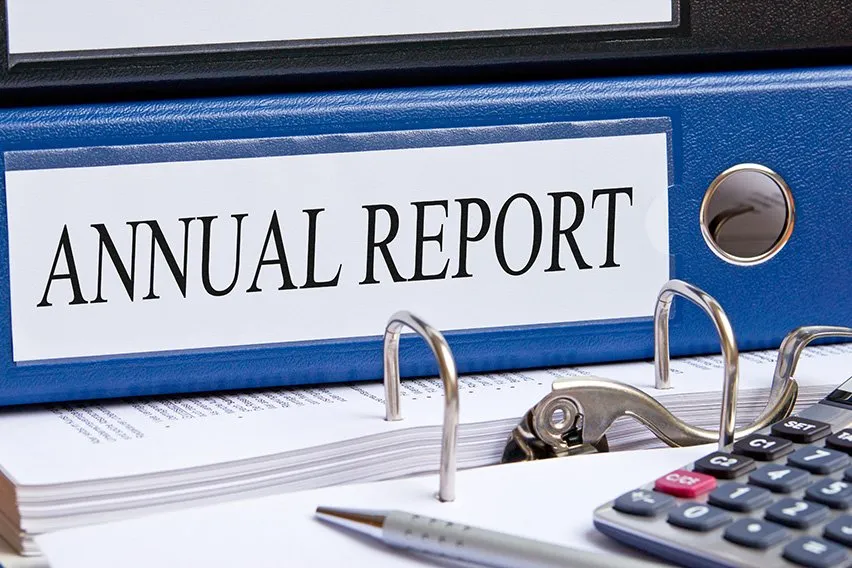What Is a Trial Balance Report?

The trial balance report is an accounting report that lists the closing balances of the general ledger accounts. The balances of the ledgers are added to the debit and credit columns. The total of these two columns should match.
The trial balance report is usually run at the end of an accounting period to detect any posting or mathematical errors in the business’ bookkeeping system.
What this article covers:
- What Is a Trial Balance and What Purpose Does It Serve?
- How to Prepare a Trial Balance Report?
- What Does the Trial Balance Tell You?
What Is a Trial Balance and What Purpose Does It Serve?
Used in the double-entry bookkeeping system, a trial balance lists all debit and credit balance amounts for a period of time. It is often the first step towards interpreting your financial results.
After posting the transactions to accounting journals and summarizing them in a ledger, a trial balance report is prepared using the closing balance (with the respective debits and credits). The total amount of debits and credits in each accounting entry should match. If not, it indicates that the ledger transactions are unbalanced.
The report tests the arithmetical accuracy of the books of accounts and locates errors. It helps in the preparation of the final account at the end of each year to understand the operating result and financial position of a business organization.

How to Prepare a Trial Balance Report?
There are four basic steps to preparing a trial balance manually.
- Prepare a worksheet with four columns, account numbers, account names, debit and credit
- List your total debits and credits from each general ledger account. The assets, expenses and losses are recorded as debits, while the liabilities, capital and income are recorded as credits
- After all the account balances are entered, each column is summed up
- The total of the debit column should be equal to the total of the credit column

Source: https://support.freshbooks.com/hc/en-us/articles/360006684752-What-is-the-Trial-Balance-Report-
If the debits and credits do not match, you could have an error in the general ledger accounts. It could be due to a missing or miscalculated debit or credit entry or an amount copied over incorrectly from a general ledger account.
Some common reasons the trial balance does not match are:
- Not posting an amount into a ledger or the trial balance
- Incorrect posting of the amount
- Posting in the wrong column
- Incorrect balancing of a ledger account
- Wrong totaling of subsidiary books

What Does the Trial Balance Tell You?
The trial balance will help you detect:
- Calculation errors: Extracting an incorrect balance from one or more of the general ledger accounts will lead to calculation errors.
- Transcription errors: Entering a debit balance in the credit column or vice versa will create a transcription error.
- Transposition errors: A data entry error results from two digits that are individual or part of a larger sequence of numbers getting reversed.
- Posting errors: Errors made in the general ledger postings are posting errors
There are certain errors that a trial balance will not detect such as posting on both sides to a wrong ledger account, transposing debit and credit entries in the general ledger and making two errors that cancel each other out. Once errors are detected, a suspense account is created. This is a temporary account, created on the shortage side, to make the debit side agree to the credit side. It is removed by detecting the errors committed.
With the introduction of cloud accounting software, the need for trial balance reports for preparing financial statements has been significantly reduced as there are fewer mathematical and clerical errors.
RELATED ARTICLES


 What Is a General Ledger Report?
What Is a General Ledger Report? How to Improve Business Performance: Business Performance Management Tips
How to Improve Business Performance: Business Performance Management Tips Business Performance Report: How to Write a Business Performance Report?
Business Performance Report: How to Write a Business Performance Report? How to Write an Annual Report: 4 Tips for Getting Started
How to Write an Annual Report: 4 Tips for Getting Started How to Prepare Accounts Receivable Aging Reports?
How to Prepare Accounts Receivable Aging Reports? Profit and Loss Statement: Definition, Examples, & Template
Profit and Loss Statement: Definition, Examples, & Template